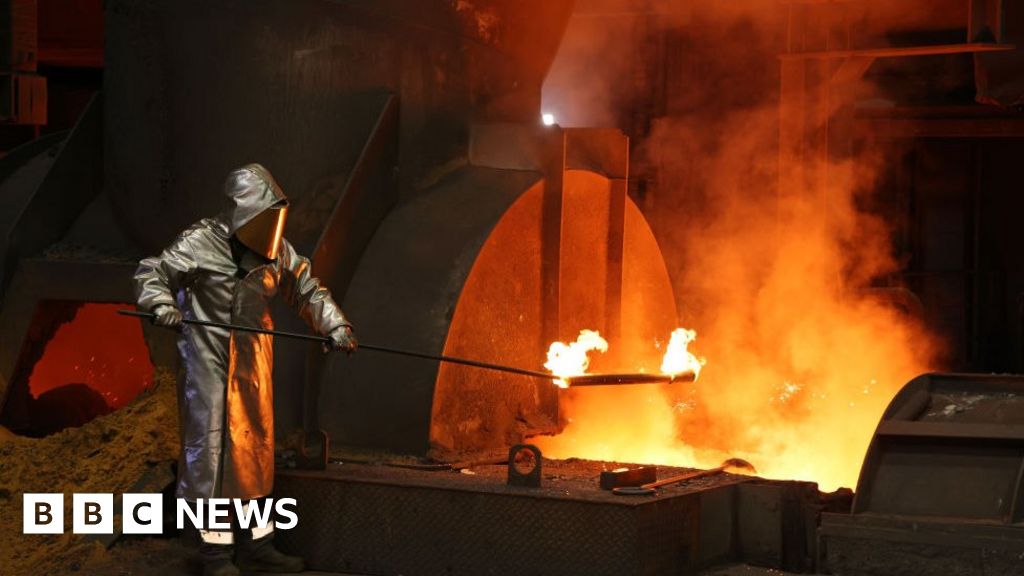Last year, the EU suspended its measures until 31 December 2023, meanwhile the US replaced the Section 232 tariffs with a quota system, resulting in above-quota EU steel and aluminium still being subject to tariffs.
Last year, the World Trade Organisation (WTO) ruled that the tariffs were against global trade rules.
At the time the US government strongly rejected the ruling and said it had no intention of removing the measure. It said it was “committed to preserving US national security by ensuring the long-term viability of our steel and aluminium industries”.
President Trump has already raised the idea of new 10% tariffs on all goods coming into the US if he wins next year’s presidential election.
Bruce Kasman, chief economist at the US investment bank JP Morgan, told the BBC that the re-emergence of a trade war would be “significant”, because of the potential impact on business confidence if not because of the tariffs themselves.
EU Trade Commissioner Valdis Dombrovskis has welcomed the latest suspension as providing stability and confidence to European companies.
“It provides us with the necessary space to continue pursuing the full and permanent removal of 232 tariffs on EU exports, as well as working on addressing global overcapacity and decarbonisation of steel and aluminium industries”.

